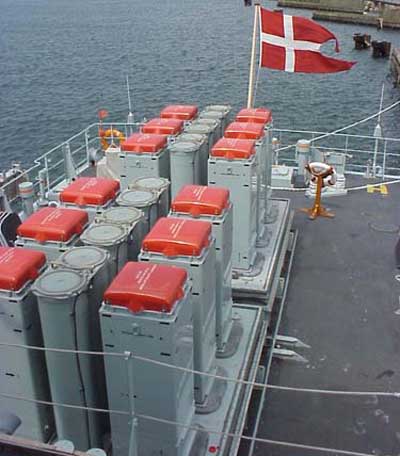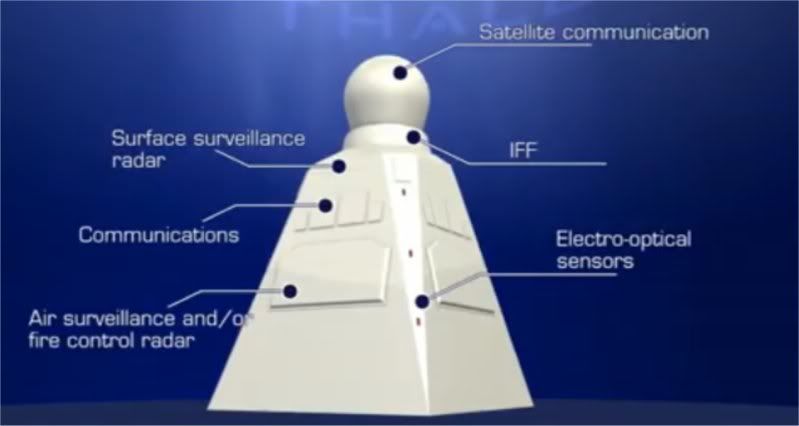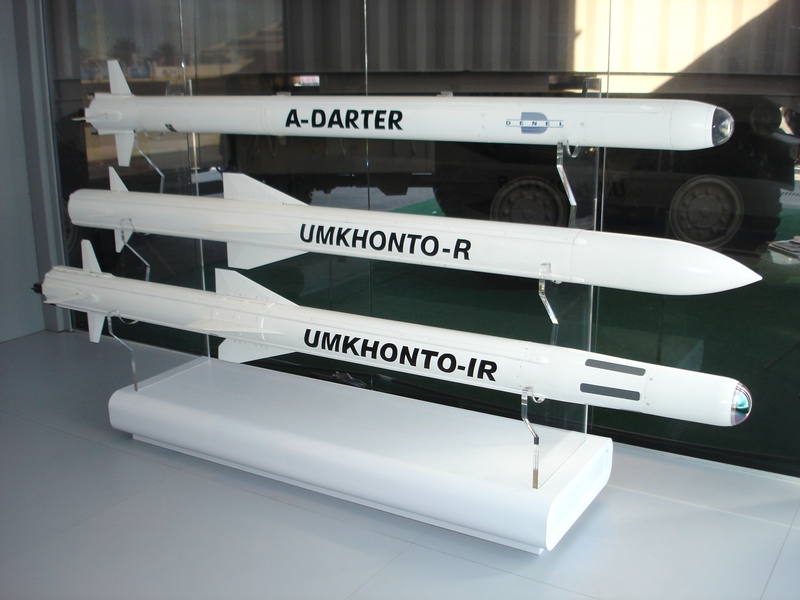Duwa
Master of the Universe.
Para las 360 esto estaria genial:
http://www.youtube.com/watch?v=8sMgEsHC1Lc&feature=related
http://www.youtube.com/watch?v=8sMgEsHC1Lc&feature=related
Para las 360 esto estaria genial:
http://www.youtube.com/watch?v=8sMgEsHC1Lc&feature=related
¡CHITON!
Saludos.
-Una Fragata de esas dimensiones hoy esta en los U$S 600 M de Dólares
de allí para arriba
-Con respecto a las Meko 360H2, le recuerdo que un buque no es algo
que esta sobre la tierra apoyado sobre algo firme por lo que hay que
respetar los pesos y el centro de gravedad a fin de que el embate
del mar no lo voltee por lo que no es nada fácil el aumentar capacidades
con cambios en la estructura del buque, las Meko son unidades que
permiten su actualización con el cambio de módulos pero no alterando
su estructura
-Es por ello que si el casco no fue pensado para recibir un VLS en los
lugares designados, no lo hará por que ello alteraría la estabilidad
del buque
-Por lo pronto las Meko 360H2 podrían cambiar su fisonomía solo a esto

Saludosss
Yo iria por el barak 8 en ves del ESSM, por el origen mas que otra cosa



no es posible alojar un VDS en la posicion actual de los BB de proa?
si esta modificación no es posible...
es posible lanzar los ESSM desde el lanzador Albatros?
esta seria la otra alternativa.... reemplazando los 2 BB de proa por un RAM y los 2 de popa por 2 RAM.... o ,como dije anteriormente, uno solo sobre el hangar y este aumentado a toda la manga....
No es caro pero tiene vencimiento, como todo misil yanki, encima el mantenimiento es exclusivo en EEUU y no tan barato.
Los misiles israelíes también necesitan mantenimiento, como todo aparato electronico, pero no tiene porque hacerse en Israel, te venden las herramientas y los manuales de mantenimiento.
El Mk48 lo metes casi en cualquier lado(lo diseñaron asi)

Para las 360 esto estaria genial:
http://www.youtube.com/watch?v=8sMgEsHC1Lc&feature=related



Precisamente la imagen es de un absalon (me encantan esos cacharros) pero me figuraba como Mk48 no 56, ojo que debes de tener razon:cheers2:Ojo, PanZZer, lo que muestras son lanzadores Mk56, ests usan una de las variaciones de atril para los Mk48, pero estos ultimos ( para el RIM 7 SeaSparrow) tienen gondolas sextuples, el Mk56 ( para ESSM; mas compacto) tiene de doce...
hay tres versiones parecidas entre Mk48 y 56; pozos para insertar en cubierta, lanzadores para adosar a la estructura ( como las M y City) y atriles sextuples/de doce para empernas en cubierta ( como los Absalon o Niels Juel Danesas)
Existiendo Mk48/56, no tiene sentido retrofitear Mk41 con todas sus complicaciones, especialmente si solo quieres instalar SAM de punto
Dice pero no aclara. Dudo que tenga la potencia para guiar un misil semi-activo. Capaz que el mastil tiene capacidad de guiado de misiles activos a travez de data-link.la verdad que un mastil I-Mast de la empresa Thales, estaría buenísimo..lo que no me queda en claro son los directores de tiro..ya que soluciona todos los temas de los distintos radares, ECM, y comunicaciones, pero no me aclara si el radar Sea Master 400 puede ser como el Apar y dirigir un misil semiactivo...
SUT el "problemita" esta dado por ser nuestra principal HHCC el aliado mas cercano del país donde se fabrica el essm, por eso insisto con el barak-8 sin pedir algo mas experimental como estoLo relevante de ESSM es que tiene desarrollo futuro garantizado, el riesgo por su lado es que el Barak 8 quede en suspenso de así decidirlo Israel e India y por otro que se paga en morlacos...el ESSM, sin ser barato, es muchísimo menos caro y, como siempre, la plata en serio esta en las modernizaciones, y en ese caso es simplemente un paquete Off The Shelf.
En el caso de los Absalon, en los que comparto tu gusto....se emplea ESSM con sistema de fuego solo defensivo. Las Huitveldt, una suerte de Absalon full spec Fragata AA de zona con la suite APAR de Thales tiene el panel para controlar XTC mas SM 2....
te dejo los folletos de ambos tipos de lanzador y sus muy interesantes subvariantes
http://www.raytheon.com/businesses/stellent/groups/public/documents/legacy_site/cms01_048612.pdf
Saludos
Sut

Y claro. El Phalcon tiene 2 antenas en banda S y 2 en banda L, que segun lo que leí en este foro, es capaz de detectar sin demasiado lio los aviones Stealth.pues es no...mira los AEW Phalcon para China...
Algo que puedas subir a ZM?yo mismo he visto videos reales del coso bajando SSMs de veras


Sobre Barak8, epseremos y veamos, pero tienes que asumir que costara un dineral...y creeme, se de lo que hablo. Barak es excelente, eso esta fuera d duda..yo mismo he visto videos reales del coso bajando SSMs de veras...el tema mas bien es que cuesta dinerillo del bueno.





